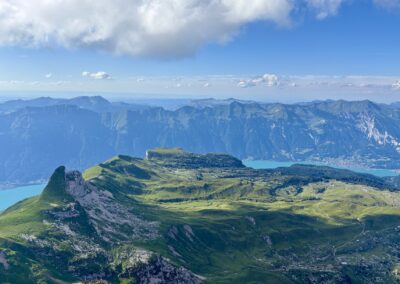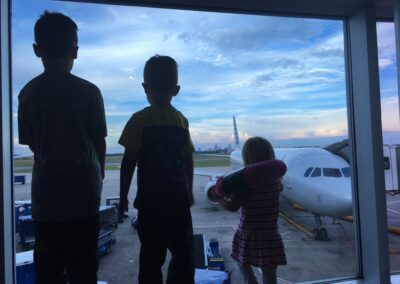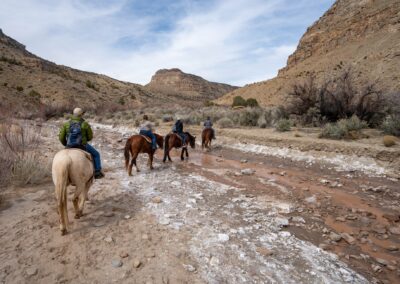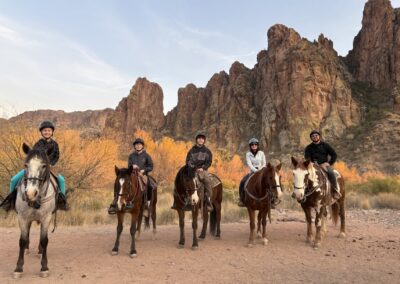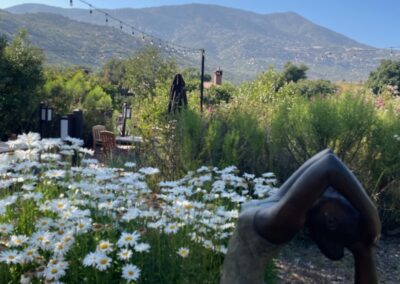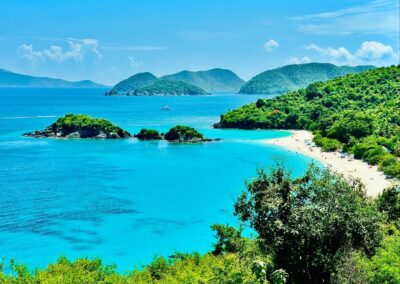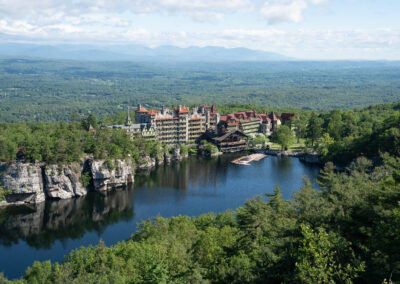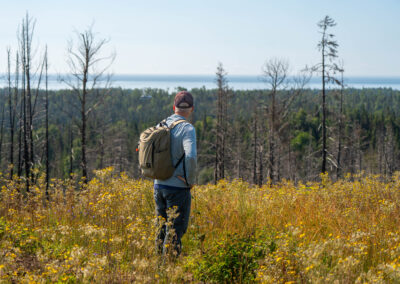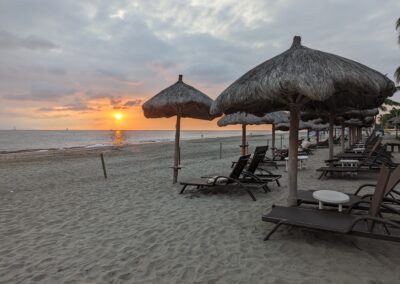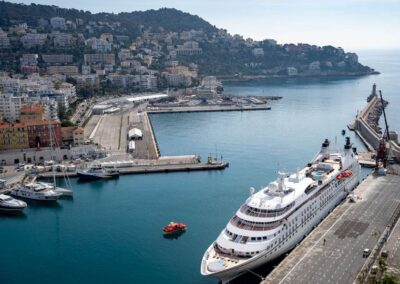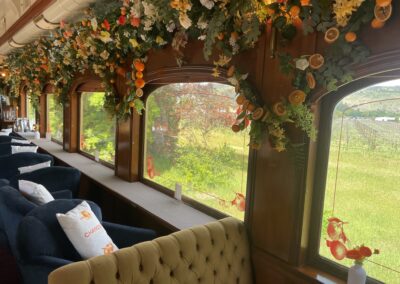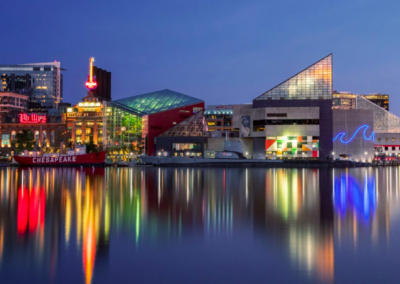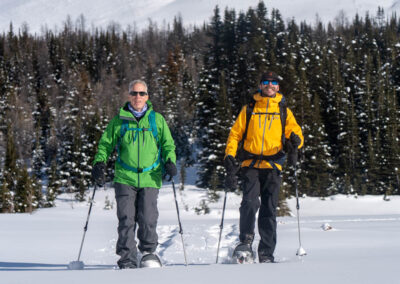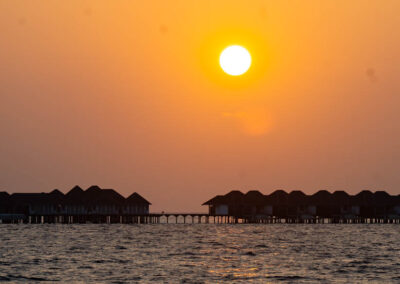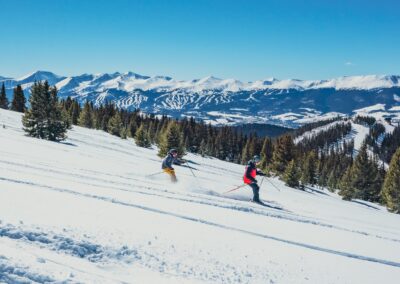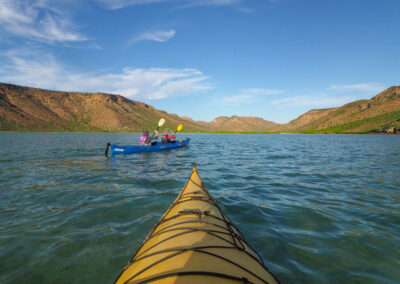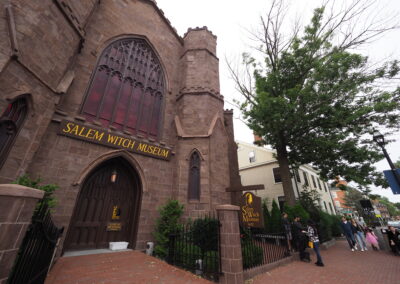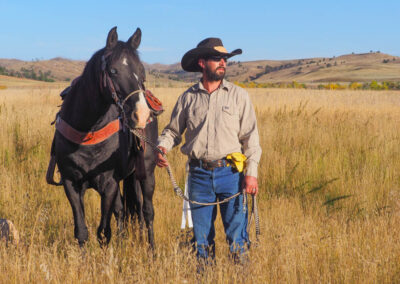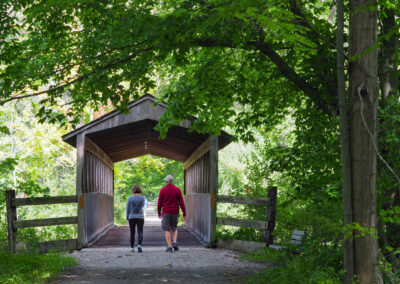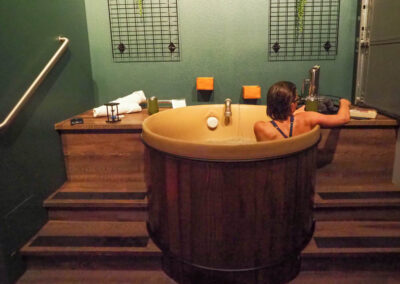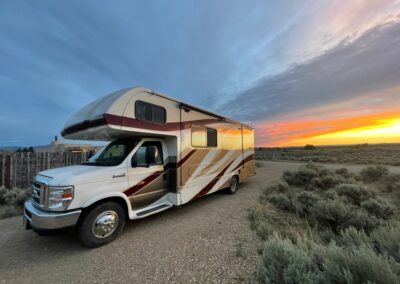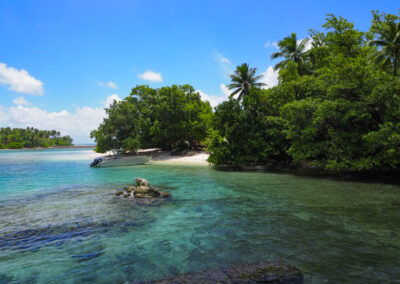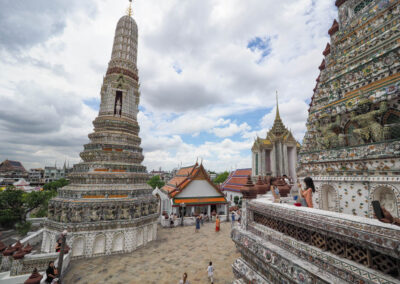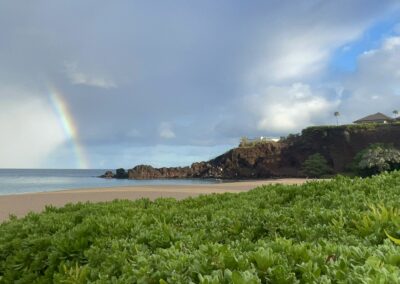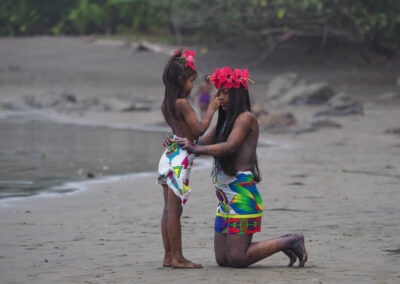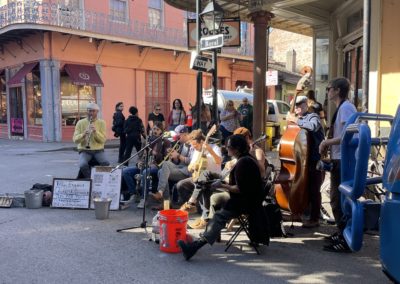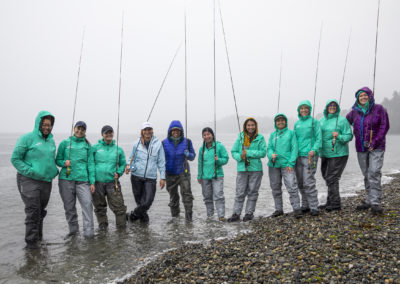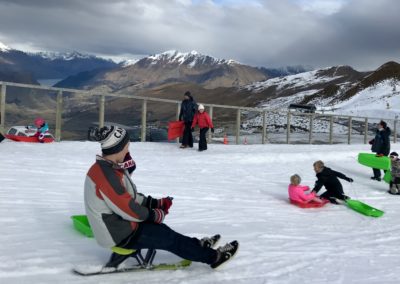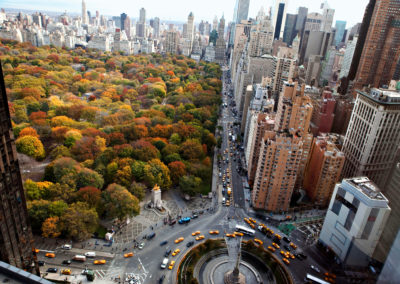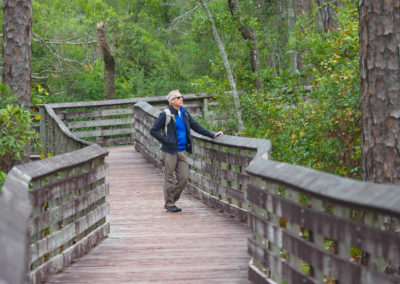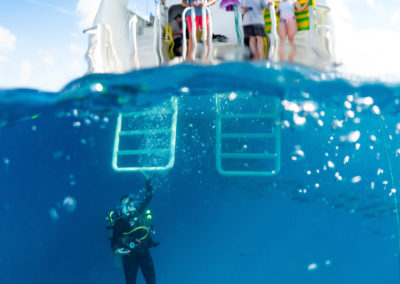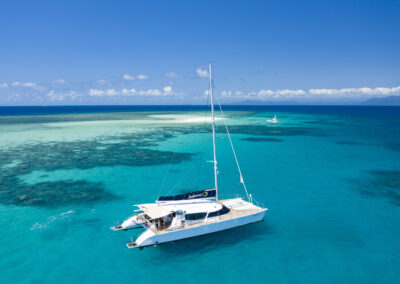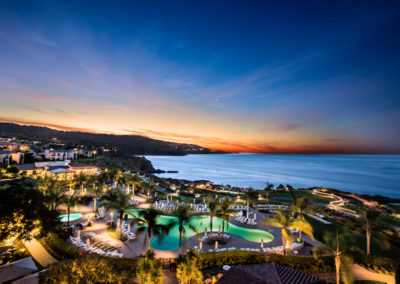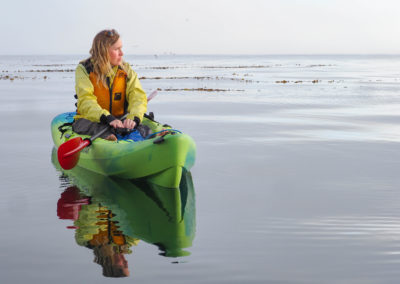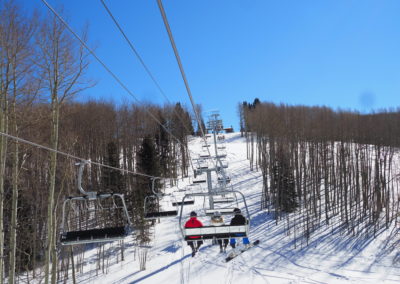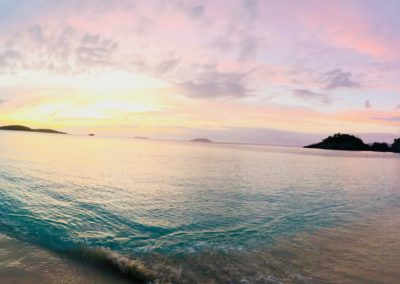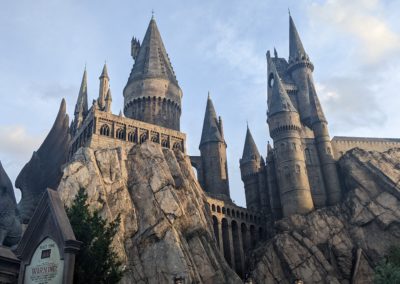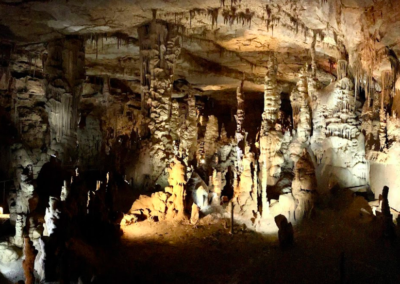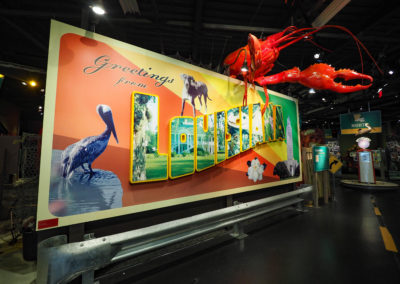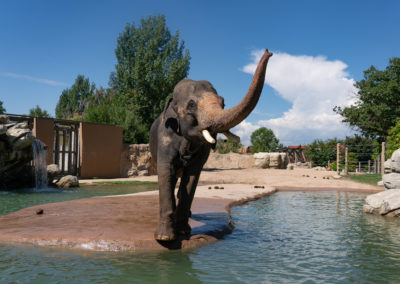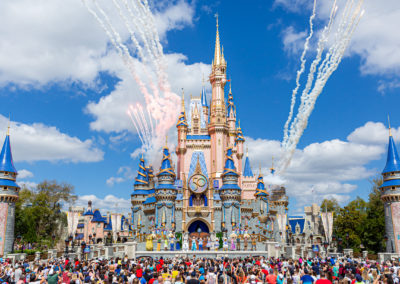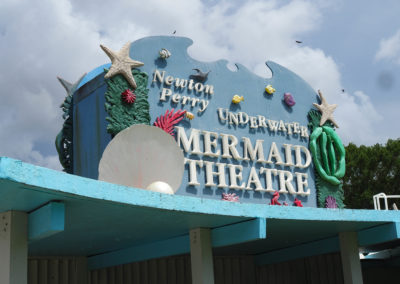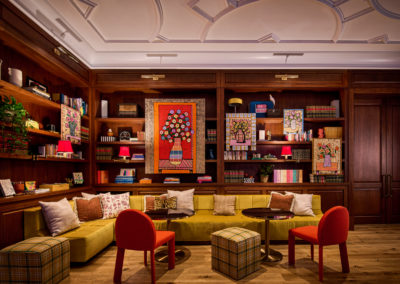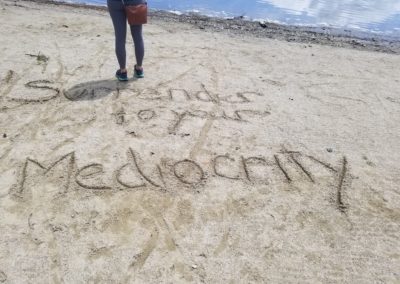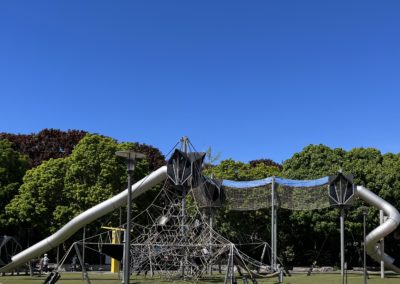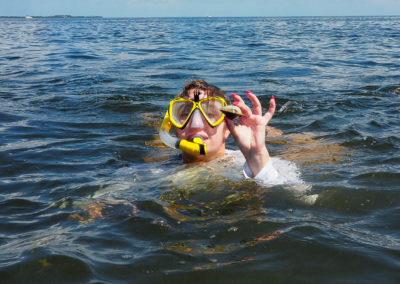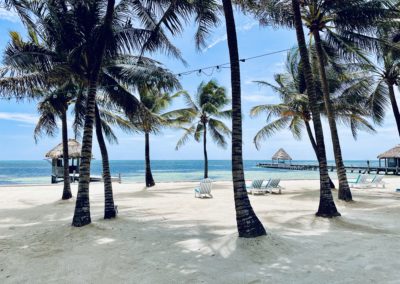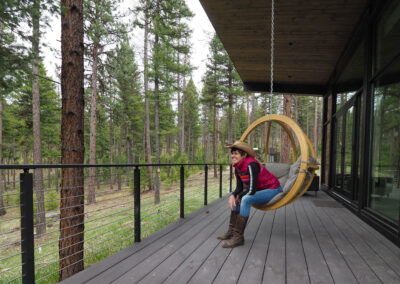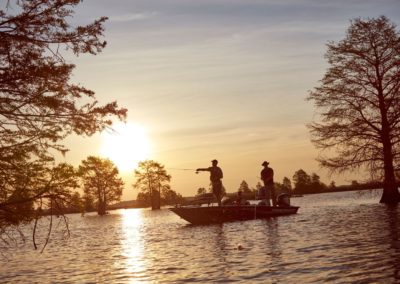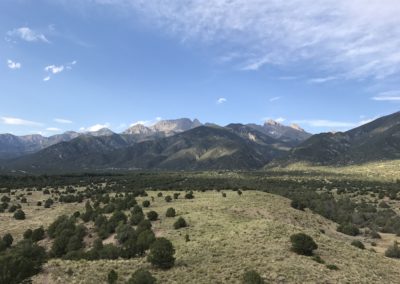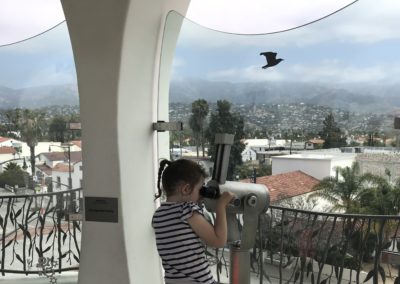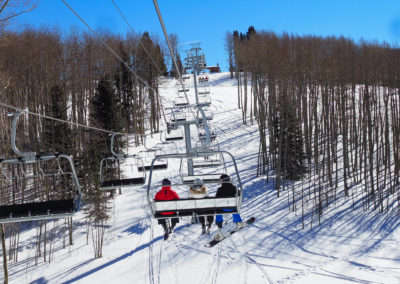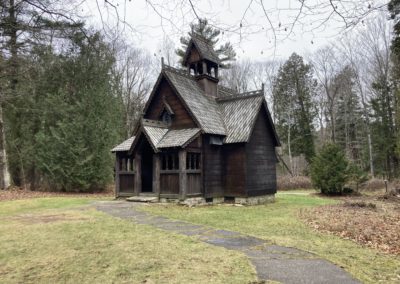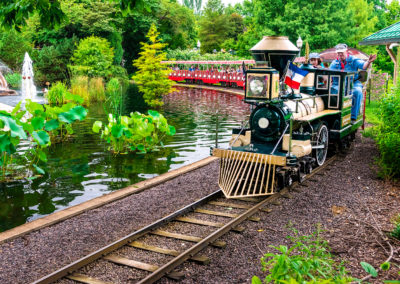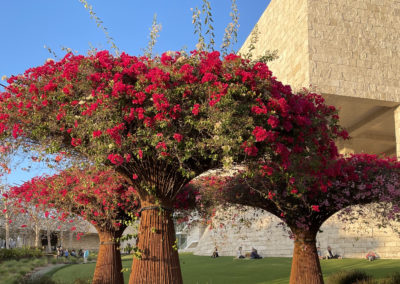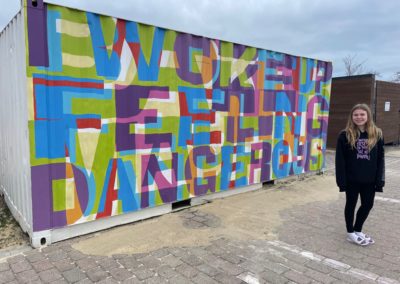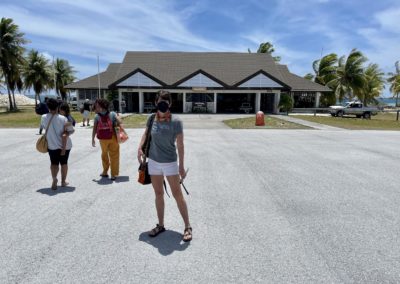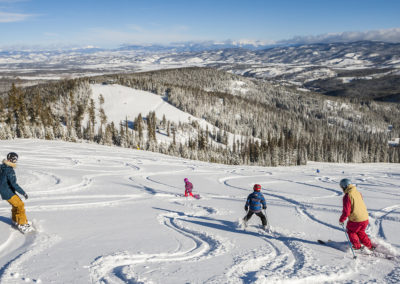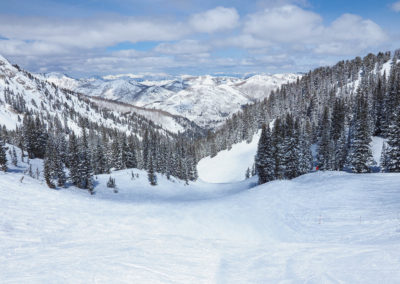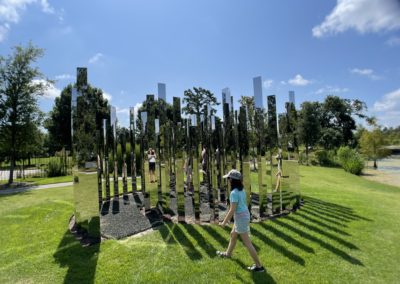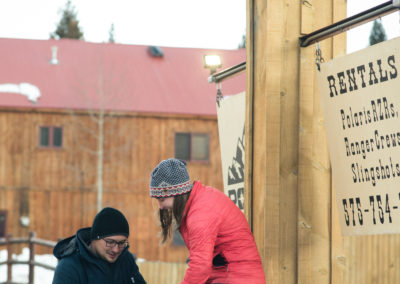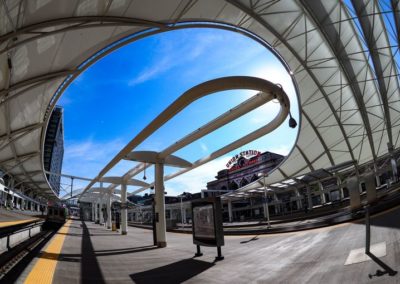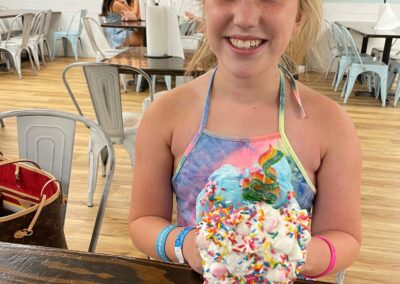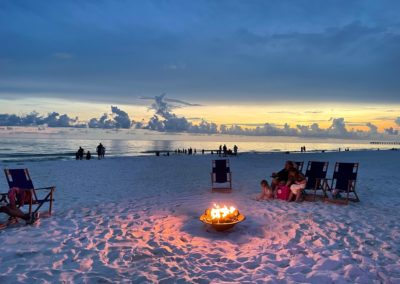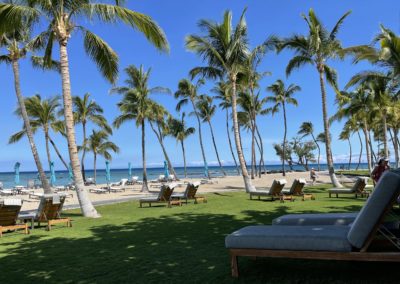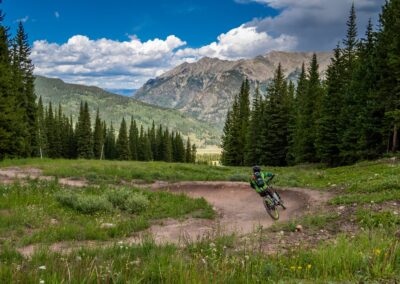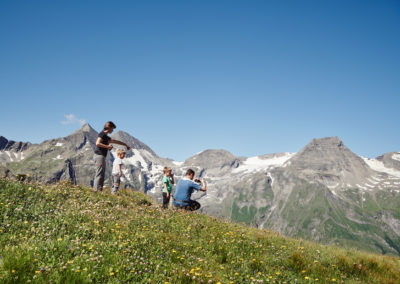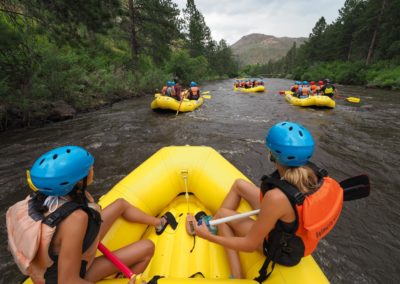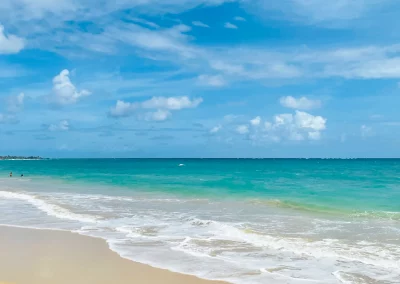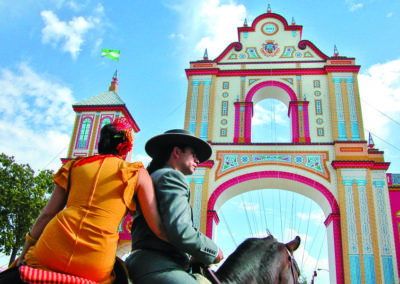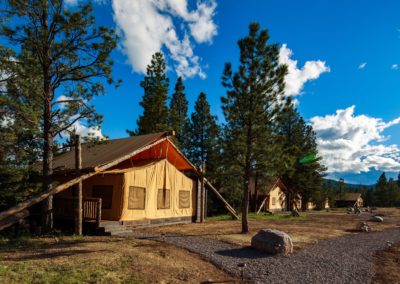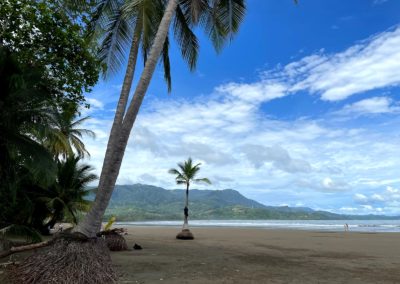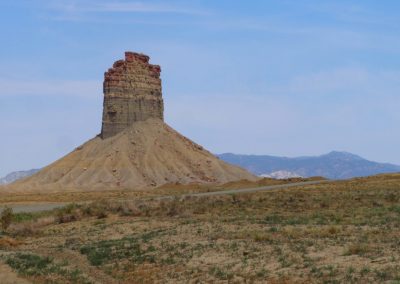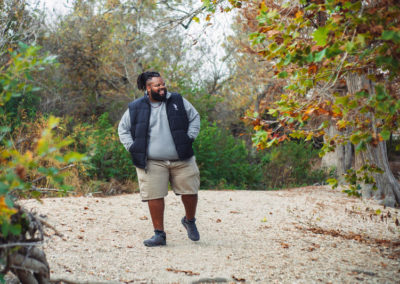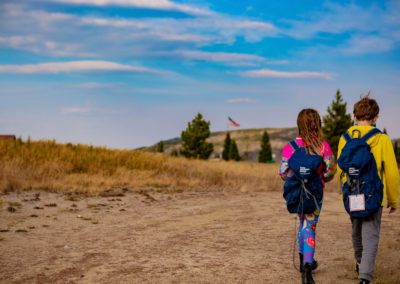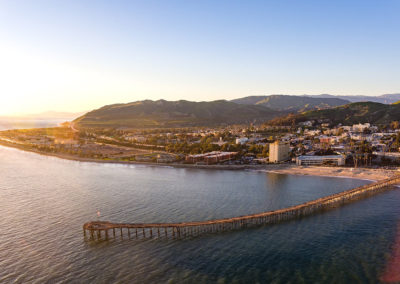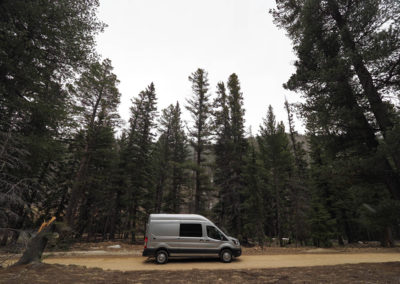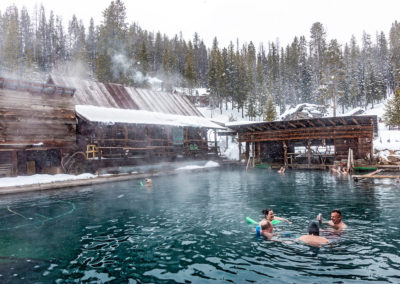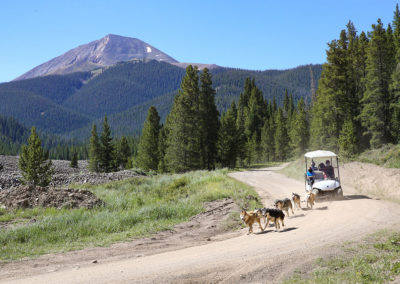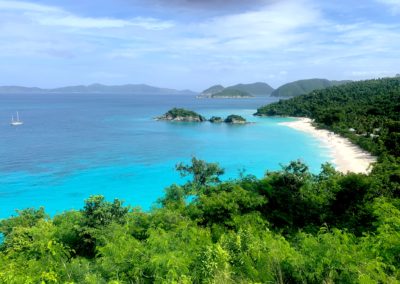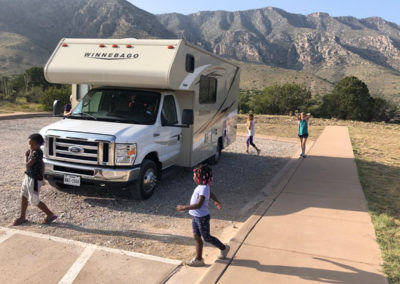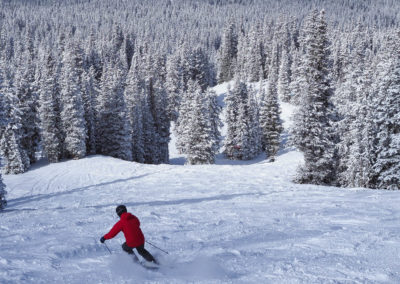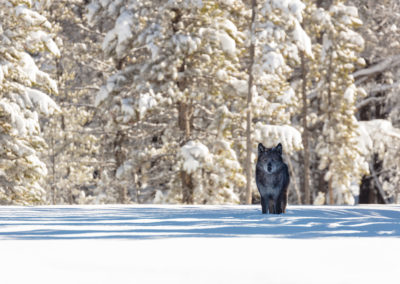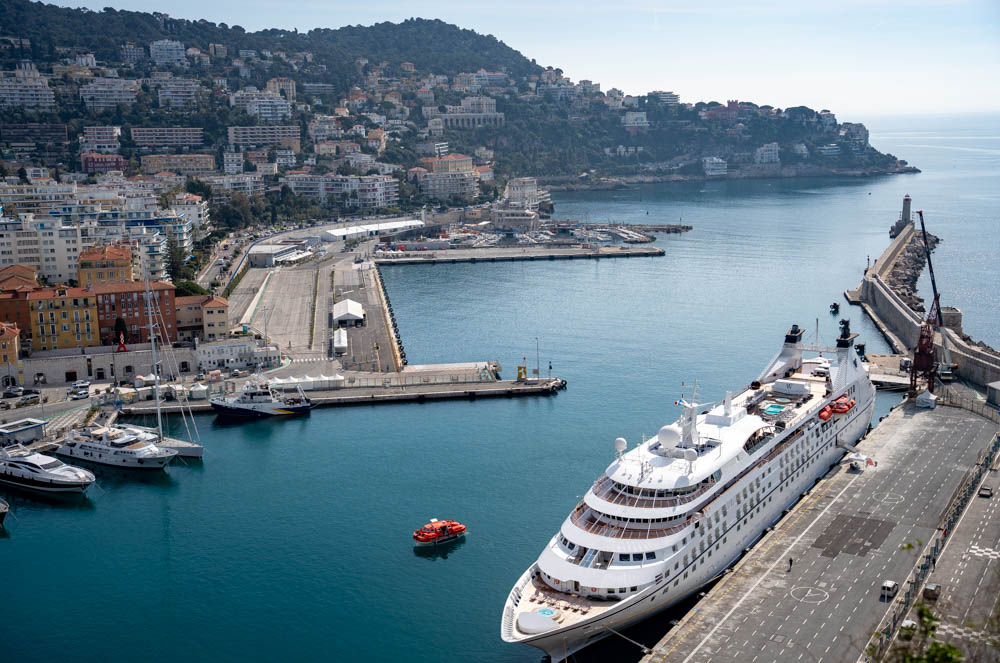
The Windstar cruise ship Star Legend docks in Nice, France. Pam LeBlanc photo
From the top of Castle Hill in Nice, France, I can see down into the city’s harbor, where the sleek Windstar ship that delivered me here looks like a toy.
I’ve sworn off giant cruise ships. It only took one trip on a behemoth Allure of the Seas, which carries 6,780 passengers, to convince me that’s not my thing. But a Mediterranean cruise, aboard a ship with a maximum capacity of about 300 passengers that was only half full? Now, that’s a different story.
A week-long trip on the Star Legend, one of six sailing yachts operated by Windstar, made me a convert. I unpacked just once and visited three countries – Italy, France, and Spain. I never felt like a lemming, following hordes of people on or off the boat. There were no climbing walls or ziplines, and not a single “hairy legs” competition. And since I traveled during shoulder season, I avoided the worst of the crowds in port.
Instead, I spent my time visiting art museums, exploring bustling markets and wandering narrow, winding streets in seaside ports.
We departed Civitavecchia, on the outskirts of Rome, and made stops in Livorno, Italy; Nice, France; and Marseille, France; before reaching Barcelona, where we added an extra night in a hotel before flying home.
Here’s how the trip unfolded…
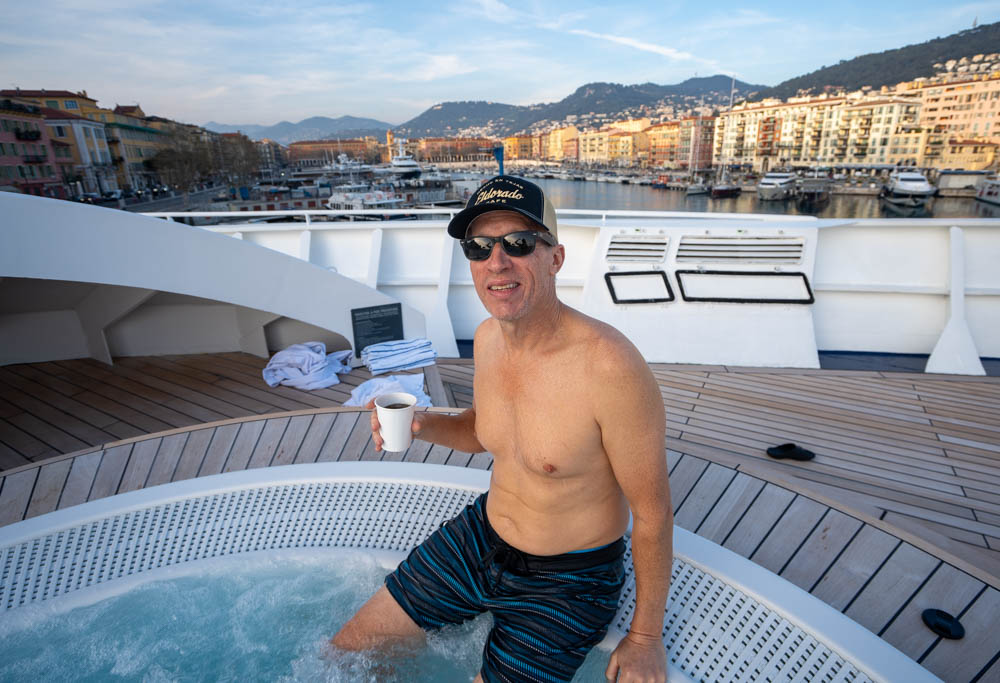
Chris LeBlanc enjoys a dip in the hot tub aboard the Star Legend. Pam LeBlanc photo
Day 1 of our Windstar cruise
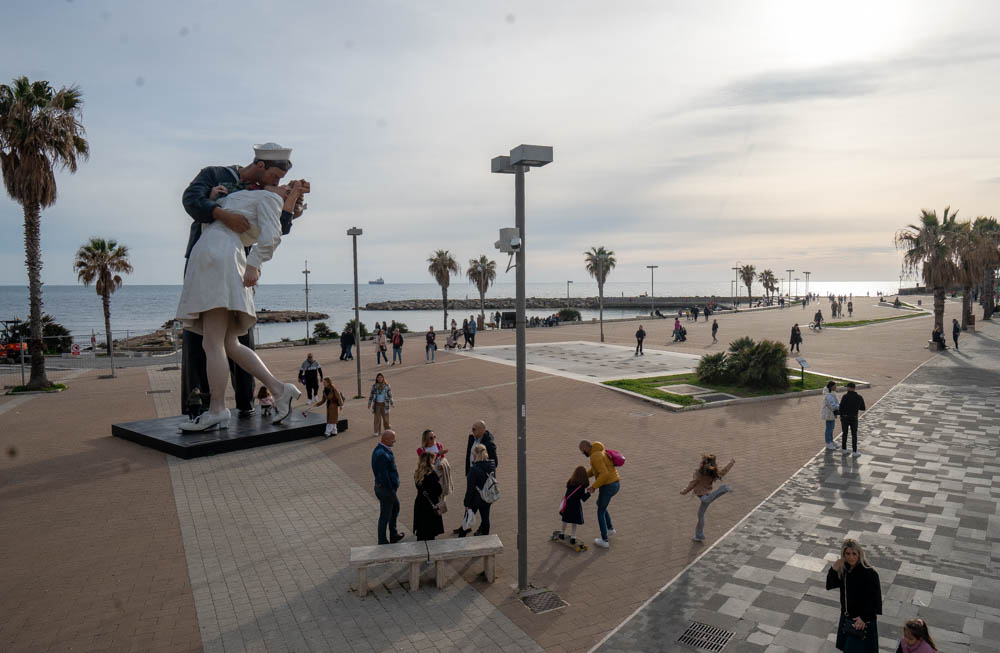
A 26-foot statue called “Unconditional Surrender” stands in a plaza in Civitavecchia, Italy. Pam LeBlanc photo
We booked flights into Rome. From there, a driver picked us up and transferred us to the port city of Civitavecchia, about an hour’s drive from the airport. We boarded the Star Legend, settled in, and since it was still early, set out to explore.
We found plenty to entertain us. Just off the pier where the ship was docked, we strolled past the Michelangelo fort, which dates to the 16th century. You can’t go inside the imposing structure, but a plaza alongside it is home to “Unconditional Surrender,” a 26-foot statue based on a photograph of a sailor and nurse kissing at the end of World War II. It’s one of several identical statues by John Seward Johnson II that are displayed around the world.
Then, to put us in the correct frame of mind, we stopped for gelato and wandered down to the wharf to see where fishermen store their nets.
Read more: Beautiful, bustling Bangkok: A Week in Thailand’s Capital
Day 2 of our Windstar cruise
The train station in Civitavecchhia is a 20-minute walk from the pier, and we had big plans to catch an early train to Rome to explore. But jetlag hit and when I finally woke up, we’d missed our chance. We spent another day exploring Civitavecchia and took our first dip in the hot tub on the ship’s bow.
Our cabin on the ship felt big for someone used to the tiny quarters of a 20-person dive boat. We had a queen-sized bed, plus a sitting area, mini-fridge, and full bathroom with a shower.
Day 3 in Florence
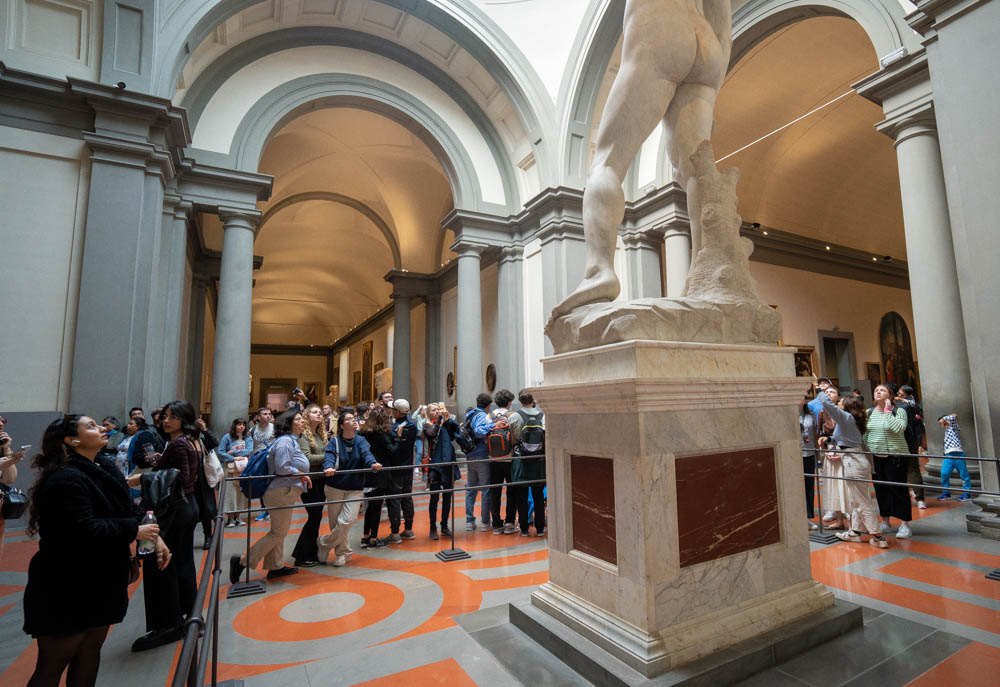
A crowd forms around Michelangelo’s statue of David in Florence, Italy. Pam LeBlanc photo
We sailed overnight, arriving in Livorno the next morning.
We’d signed up for an “on your own” excursion to Florence, which meant joining a group of passengers who had registered for a guided trip for the hour-long bus ride. My advice? If you feel comfortable on your own, skip the official ship excursions and find your own way by train or bus. You’ll save money.
We didn’t have reservations but had no trouble getting a ticket to the Accademia Gallery, where Michelangelo’s sculpture David is located, the same day. (Don’t try this in the peak summer months; book online in advance.) I had no idea that walking around a corner and seeing that 17-foot sculpted body would affect me the way it did. He’s beautiful.
Other Florence highlights? More gelato, ornate cathedrals, and a stroll across the Ponte Vecchio, an enclosed medieval bridge made of stone.
Read more: Science, History and Culture on a Smithsonian Journeys Cruise to Panama
Days 4 and 5 in the small port of Nice
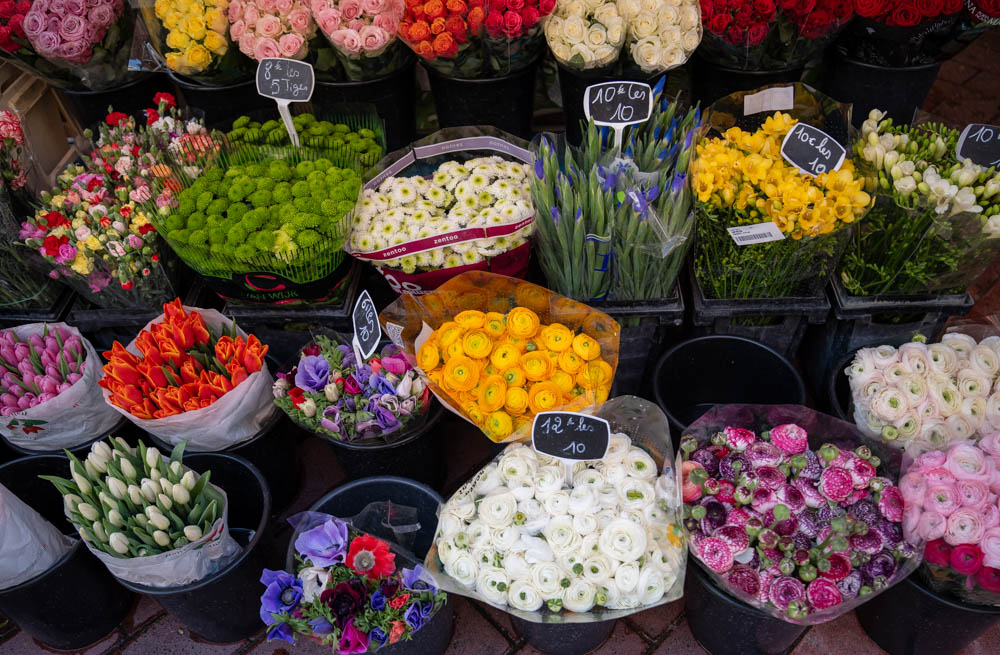
Vendors sell flowers at the market in Nice, France. Pam LeBlanc photo
The next day we reached France. Our nimble little ship did what big ships can’t do – it pulled right into the harbor in Nice, which turned out to be my favorite stop of the week.
We started with a quad-burning hike up Castle Hill, where we gazed down on the harbor and explored the ruins of a military citadel that dates to the 11th century. Back down in old town, we wandered through the flower market, stopped for mussels and pizza, then dropped by the Musee National Marc Chagall, filled with the artist’s brightly colored paintings, murals, and stained glass windows.
We walked miles that day, exploring narrow roads, strolling past clusters of older men playing bocce ball, and making our way to the impressive St. Nicholas Orthodox Cathedral, the largest Eastern Orthodox cathedral in Western Europe.
The next day we donned our swimsuits and headed out along the Promenade des Anglais, which hugs the curved coast for about a mile. We ventured onto the stony beach, laid down our towels, kicked off our shoes and staggered into the ice-cold water for a swim. I’ll never forget the sight of my husband crab-walking out of the sea, grimacing with every step on those rocks. (Bring your water shoes!)
But the best time came afterward, when we sipped cocktails from the balcony of a café along the promenade, watching cyclists, lovers, runners and strollers stream past beneath us.
Of note: The Tour de France will pass through Nice this summer. Plan accordingly.
Day 6 to Marseille
You have to eat cheese and drink wine when you’re in France, right? From our next port, Marseilles, we joined an official ship excursion to Aix en Provence for a wine and cheese tasting in the basement of a local winery. My husband got hooked on rose; I can’t resist the cabs. The cheeses? Heavenly.
Back in Marseille, we made the short walk across the pier to the new Cosquer Mediterranee, which opened in 2022. The museum celebrates the 1985 discovery of a sea cave with ancient rock art on its walls. Tourists can’t reach the real cave, which is partially filled with water, but they get a realistic idea of what it looks like at the museum by riding a cart through a recreation of it. The 35-minute tour, with an audio guide in English, takes you through subterranean passages decorated with paintings of horses, bears, lions – and, most surprisingly, penguins.
Days 7 in Barcelona
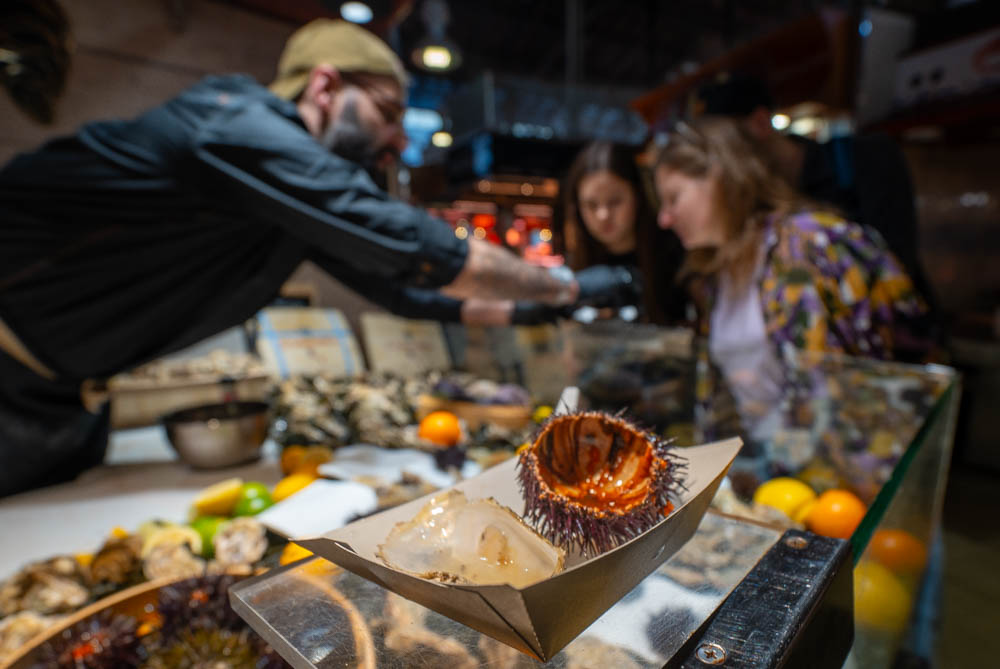
Customers inspect the sea urchins at the market in Barcelona. Pam LeBlanc photo
Barcelona, with its bustling streets and chaotic markets, makes a fitting finale for a Mediterranean cruise.
We laced up our walking shoes and headed out past the statue of Christopher Columbus to La Rambla, a lively street in the heart of the city. Once we navigated past a parade of giant puppets representing people from different regions of Spain, we ducked into Mercat de la Boqueria, the city’s most famous market. You can find anything from fresh scorpionfish to empanadas and skewers holding a spiral of fried potatoes there. Gird your loins – it’s crowded, noisy and tons of fun. We tasted raw sea urchin and oysters, sipped some wine, and ate bruschetta and ceviche. (Most Barcelona markets, including this one, are closed on Sundays.)
Duly fortified, we marched a mile or two farther to get an outdoor view of Sagrada Familia, designed by Catalan architect Antoni Gaudi. Construction on the cathedral began in 1882, and crews are still plugging away, with hopes of finishing sometime in 2026. The elaborate steepled structure reminds me of something made from that 1970s–’ era sculpting material, Silly Sand. If you want to tour the interior, book in advance.
Day 8
The next day we disembarked the Windstar cruise and relocated to a Barcelona hotel for one more day of exploration. On our agenda? A visit the Museu Picasso, which holds more than 4,000 of the artist’s works, including early more realistic paintings like “Science and Charity,” which he created as a teen-ager. The art, which also includes examples from his Blue Period and cubist paintings, are all displayed in a series of interconnected historic buildings.
And as a grand finale to our trip, we nabbed tickets for an evening flamenco performance at the historic Palau de la Musica Catalana. But first, we headed to Arosseria Xativa (they have multiple locations, we went to the Sant Antoni location), for a late lunch. They’re famous for paella, a mix-up of rice, seafood, and tomatoes which my Cajun husband would describe as the Spanish version of jambalaya. Locals mainly eat paella for lunch (it’s fresher then) and use a wooden spoon to tuck into it.
That put us in the mood for that night’s traditional dance performance at the historic Palau de la Musica CatalanaPalau de la Musica Catalana. The theater, built between 1905 and 1908, features ornate balconies and an elaborate central skylight, creating the perfect setting for a performance of Spain’s rousing, foot stomping and castanet-clapping dance.
It made me want to don a tight, ruffly dress and twirl the night away – or at least stay another week in Spain.
If You Go

Getting there:
Fly into Rome’s Leonardo da Vinci-Fiumicino Airport. You’ll have to make a connection along the way, but Delta, American, United, and other airlines offer flights from Dallas, Atlanta, Washington, or New York.

Stay:
Windstar Cruises offers small ship cruises that sail throughout the Mediterranean and beyond. In Barcelona, we stayed at the Hotel Indigo in thee Sants-Montjuic district.
Do:
Wander! Visit the bustling markets in Barcelona, stroll the promenade in Nice, see Michelangelo’s David sculpture at the Galleria de L’Accademia in Florence, sample food and shop for soap, spices, herbs and textiles in the markets.
Eat & Drink:
Passage on the Star Legend includes three good meals a day in the main dining room or one of two specialty restaurants. But be sure to explore the food scene in port towns. Despite slow service we loved the paella at Arosseria Xativa in Barcelona. And try as many flavors of gelato as possible.

Pro Tip:
Remember, you don’t have to book ship excursions to get where you want to go. Most ports are situated near train stations. In Civitavecchia, for example, you can hop a train to Rome for less than 20 Euros – far cheaper than what you’ll spend for an official ship-sponsored tour.







